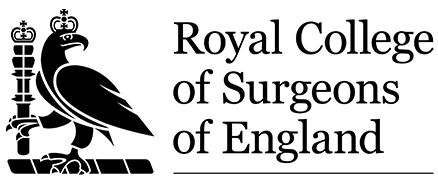Undergoing surgery to correct gynecomastia can be worrying so it helps to know what is involved during recovery. To put your mind at rest we will discuss what you should expect when recovering from gynecomastia.
Post-surgical Recovery
It is normal to expect a recovery time of 4-6 weeks following surgery during which you will need to wear a supportive garment night and day. You will be given full instructions on the use and care of the garment. You will have dressings on until the surgical wounds have completely healed. The garment is essential to keep the area and surgical dressings clean and infection-free and to minimise any swelling and bruising. It will be painful to drive or wear a seatbelt for several weeks so you should avoid doing so.
Side Effects of Surgery
You will feel some discomfort for a couple of days. It is also quite normal to have soreness in the chest for a few weeks as well as some scarring. This will eventually fade.
What Should Not Happen?
There can sometimes be unwanted effects following surgery. The most serious of these is bleeding inside the breast tissue which can be felt as excessive pain and swelling. This should be investigated immediately. Anything that feels abnormal like lumps forming, loss of sensation around the nipple or if the wound doesn’t appear to be healing properly are all things that should warrant further investigation by your doctor. Other issues to watch out for and which should not occur include redness of the skin around the breast area, a burning sensation or severe pain at any time. Any pain, burning, redness or swelling in the leg could indicate a blood clot and should be investigated straightaway.
Liposuction
This is the other option for breast reduction and is a procedure to break up and remove excess fat. It will still involve the wearing of a compression garment to reduce the chances of swelling, bruising and infection. Recovery time is around two weeks. Normal side effects include some temporary numbness, scarring and a small amount of fluid leakage.
What should not happen is persistent numbness, lumpiness, bleeding under the skin or changes in skin colour and a build-up of fluid anywhere in the affected tissue or in the lungs.
Any surgical or non-invasive treatment can potentially have side effects so don’t hesitate to ask for advice at any time.
- Email info@surgerygroup.co.uk
- Call 0800 832 1899
- WhatsApp 07855 565 558



